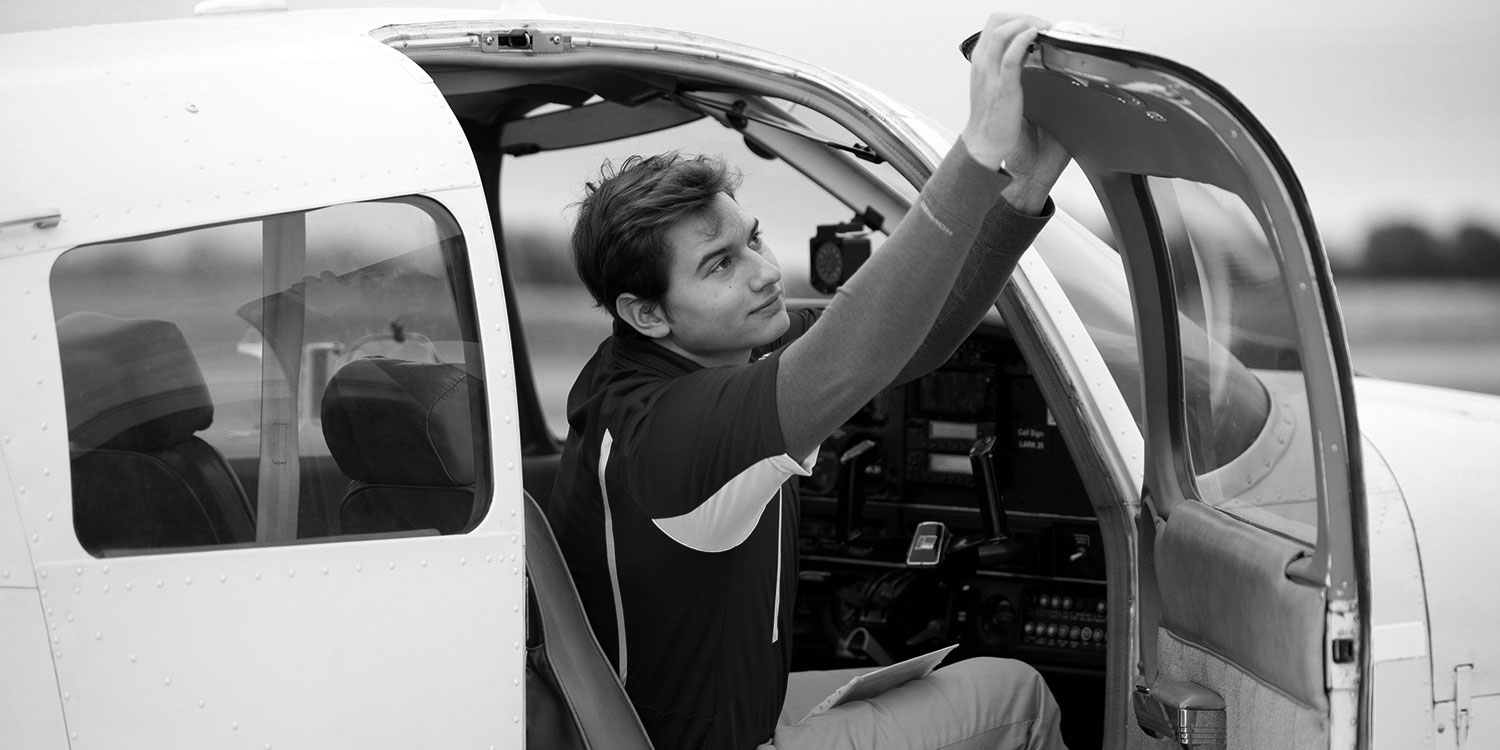CAMI
The FAA Civil Aerospace Medical Institute (CAMI) offers a one-day training course to familiarize U.S. civil aviation pilots and flight crews with the physiological and psychological stresses of flight.
How This Training Will Help You?
CAMI offers physiological training for civil aviation pilots, FAA flight crews and FAA aviation medical examiners at facilities in Oklahoma City, Okla. In addition to the basic academic contents, this course offers practical demonstrations of rapid decompression (8,000 to 18,000 feet AGL) and hypoxia (25,000 feet AGL) using a hypobaric (altitude) chamber, and a safe, practical demonstration of “pilot’s vertigo” using a Spatial Disorientation Demonstrator.
Course Content
Aviation physiology courses taught at the Mike Monroney Aeronautical Center and participating military facilities provide essentially the same training. The following topics are covered during the training (listed in order of presentation):
- physics of the atmosphere
- respiration and circulation
- decompressions
- stress
- hypoxia
- hyperventilation
- decompression sickness
- pressure equalization difficulties
- general aviation oxygen equipment
- altitude chamber oxygen equipment familiarization
- altitude chamber flight profile & flight
- spatial disorientation, including demonstrators, if available
- gyro spatial disorientation demonstrator
- virtual reality spatial disorientation demonstrator
- One hour is allotted for lunch at approximately noon. Food is available at nearby eating establishments.
Important Note
A student not possessing an FAA Medical Certificate may attend the academic portion of training, but will not be permitted in the altitude chamber.
Certificate
Upon completion of the course, students receive an FAA Form 3150-1 noting that they have completed the FAA’s Physiological Training course.
Recommendation
Following your participation in the altitude chamber flight, you should not fly as a primary crew member for a period of 12 hours.
Restrictions
Participation in an altitude chamber flight will NOT be permitted if the applicant:
- does not hold a valid class I, II or III FAA Medical Certificate or an Altitude chamber Clearance Letter from the Manager, Aerospace Medical Education Division. (Important Note)
- has an acute respiratory and/or systemic infection
- has a beard
- has been scuba diving within 24 hours
- has donated one unit (500 ml) of blood within 24 hours or donated more than one unit of blood within 72 hours of the scheduled training
- has consumed any alcoholic beverage within eight hours or is under the influence of alcohol
- has not completed the required academic portion of the aviation physiology course
- is less than 18 years of age
Basic Survival Training
The FAA Civil Aerospace Medical Institute (CAMI) offers a 1-day post-crash survival course for general aviation flight personnel. It is designed to be an introduction which provides basic knowledge and skills for coping with various, common survival scenarios. Furthermore, this course teaches students how to easily assemble and use a personal survival kit.
he course examines survival in desert, arctic, and water environments from two points; preflight preparation and the skills needed to endure those extremes. Included in this course is discussion on the psychology of survival, aircraft egress procedures, search and rescue operations, signaling devices and their use, fire starting/building, personal survival kits, rafts and accessories, and helicopter pickup devices.
Hands-on practice sessions are conducted, based on device/personnel availability, and may include: a fire starting lab, signaling lab, thermal (cold) chamber, ditching tank, underwater egress trainer, and an aircraft emergency evacuation (smoke) simulator. The principles and techniques taught in this course apply to the survival equipment that can be found or carried onboard most GA aircraft.
Course Content
Basic Survival training consists of information on the following topics with hands-on, Lab, application where indicated (listed in order of presentation):
- Psychology of Survival
- Overview of Search & Rescue Operations
- Personal Survival Kits
- Fire Starting with Lab
- Hot Land Survival
- Cold Land Survival
- Signaling with Lab (weather permitting)
- Aircraft (Smoke) Evacuation with Lab
- Ditching and Sea Survival
- Underwater Egress
- Water Survival Lab consisting of:
- Ditching and Egress
- Flotation and Swimming
- Raft Boarding and Righting
- Rescue (pick-up) Devices
- Shallow Water Egress Trainer (Voluntary)
